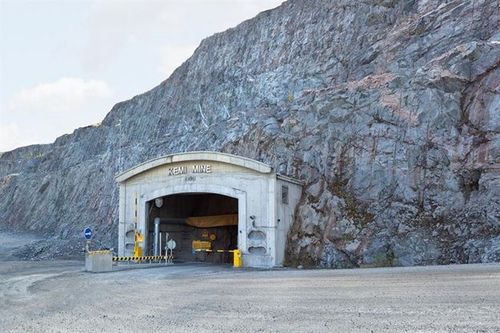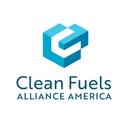Neste’s renewable fuel helps mine in Finland reduce emissions

Renewable fuel supplied by Neste enable the Outokumpu steel company’s Kemi mine and Tornio steel mill to reduce the greenhouse gas emissions generated by their fleet and heavy machinery by an average of 90 percent*. / SOURCE: Outokumpu
October 16, 2023
BY Neste
Neste and Outokumpu deepen their cooperation to reduce greenhouse gas emissions. Outokumpu will replace the fossil fuels used by its Kemi mine and Tornio steel mill and the contractors on these sites with Neste MY Renewable Diesel. Outokumpu manufactures the world’s lowest-emission stainless steel. Its goal is to achieve carbon neutrality at its Kemi mine by 2025. Renewable fuel supplied by Neste enables the Kemi mine and the Tornio mill to reduce the greenhouse gas emissions generated by their fleet and heavy machinery by 90 percent on average*. With the use of renewable fuel supplied by Neste, the Kemi mine’s annual greenhouse gas emissions will decrease by nearly 11,300 tons. This will mean achieving almost 30 percent of the total carbon neutrality target for the Kemi mine.
The three key factors contributing to achieving carbon neutrality at Outokumpu’s Kemi mine are abandoning fossil fuels (including contractors’ fleet), using low-emission electricity, and replacing natural gas and propane with other heating methods. Renewable fuel supplied by Neste will replace fossil fuels in heavy machinery, trains, secondary power sources, and transportation between the Kemi mine and the Tornio mill.
“Our goal at Neste is to help customers reduce their greenhouse gas emissions with our renewable and circular solutions by at least 20 million tons per year by 2030. I’m pleased that our long-term cooperation with Outokumpu continues, and that we can support the company in working towards its ambitious carbon neutrality target. The use of renewable fuel at the Kemi mine and the Tornio steel mill is Neste’s most extensive mining and steel industry collaboration in Europe so far. Neste’s renewable product is suitable as such for fleet and heavy machinery running on diesel. By replacing fossil fuels with our renewable fuel in their own fleet and contractors’ fleet, Outokumpu can immediately reduce greenhouse gas emissions,” says Joni Pihlström, Vice President, Marketing & Services, B2B Sales at Neste.
“The carbon neutrality of the Kemi mine is an investment worth millions of euros. If achieved, it will mean a reduction of nearly 40,000 tons in Outokumpu’s greenhouse gas emissions. Our first step is to switch to renewable fuel, and we are seeking to identify all means to reduce emissions throughout the value chain and minimize our total emissions to as close to zero as possible. We are exploring opportunities to offset the remaining emissions in our value chain that cannot otherwise be reduced using currently available technologies. Our goal is to make the Kemi mine the world’s first operational carbon-neutral mine by 2025,” says Heidi Peltonen, Vice President, Sustainability at Outokumpu.
Advertisement
*) Over the life cycle of the fuel when compared to fossil fuel. The method used to calculate life cycle emissions and emission reduction complies with the EU Renewable Energy Directive II (2018/2001/EU).
Advertisement
Related Stories
NREL announced the findings of the Assessment of BQ-9000 Biodiesel Properties for 2024, the eighth in a series of annual reports documenting the quality of biodiesel from U.S. and Canadian producers participating in the BQ-9000 program.
Kintetsu World Express Inc. has entered into a new agreement with Shell Aviation regarding the use of SAF. Under this agreement, KWE will adopt Shell Aviation's digital platform "Avelia" to swiftly address shippers' low-carbon transportation needs.
Aemetis Inc. released Q2 results, reporting increase revenue when compared to Q1. During an earnings call, company officials detailed progress with the company’s RNG, ethanol, biodiesel, SAF and carbon CCS projects.
Calumet Inc. on Aug. 8 confirmed its Montana Renewables biorefinery is currently running at full capacity. An initial phase of the company’s MaxSAF initiative remains on track to boost SAF capacity to up to 150 MMgy by mid-2026.
Marathon Petroleum Corp. on Aug. 5 released second quarter financial results, reporting improved EBITDA for its renewable diesel segment. The company primarily attributed the improvement to increased utilization and higher margins.
Upcoming Events










